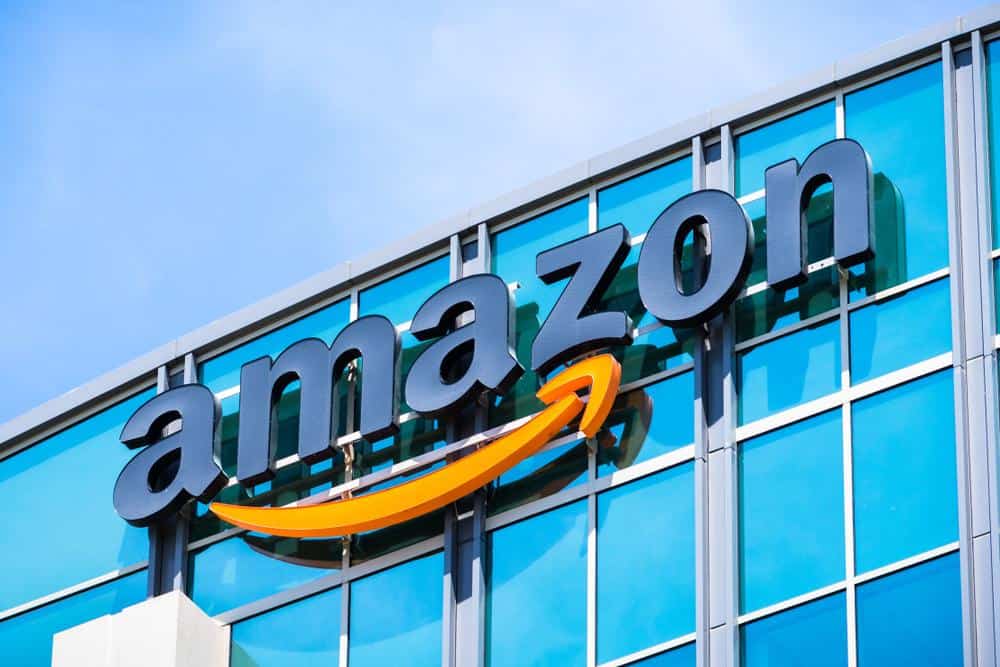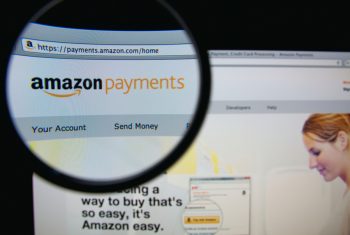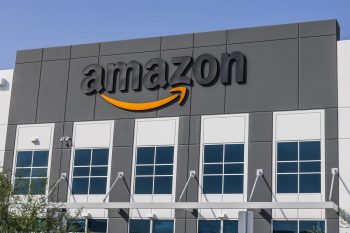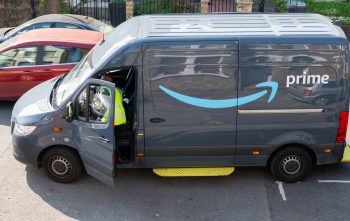
Becoming a successful Amazon reseller involves more than just creating an account and listing products. It requires a deep understanding of the platform, market trends, customer behavior, and the legalities involved. This comprehensive guide will walk you through each step of the process and provide you with actionable strategies to start and grow your Amazon reselling business.
Becoming an Amazon reseller involves several key steps. First, decide what products you want to sell, then register for an Amazon seller account. Choose a selling plan that suits your expected sales volume and list your products with detailed information. Consider using Fulfillment by Amazon (FBA) to handle storage, packaging, and shipping. Optimize your product listings, set competitive prices, advertise your products, and provide excellent customer service. Also, ensure you comply with all legal requirements and Amazon’s policies.
What is an Amazon Reseller?
An Amazon reseller is an individual or a company that buys products from manufacturers or wholesalers and resells them on Amazon. Resellers typically focus on selling ready-made products rather than creating their own private labels.
There are several reasons why becoming an Amazon reseller can be an attractive business opportunity. Amazon offers access to millions of customers worldwide, a user-friendly platform, and a range of tools and services to help sellers manage their businesses.
However, becoming a successful Amazon reseller also comes with its fair share of challenges. The competition is stiff, and sellers must comply with Amazon’s policies and regulations.
Steps to Become an Amazon Reseller
To start your journey as an Amazon reseller, follow these steps:
1. Decide What to Sell
Before you start, research and identify what products you want to sell. Consider factors such as demand, competition, profitability, and your personal interests or expertise. You can use tools like Helium 10, AMZScout, and SellerApp to analyze market trends and identify potential products.
2. Register as an Amazon Seller
Once you’ve decided what to sell, sign up for an Amazon seller account. You’ll need a business email or an existing Amazon customer account, government-issued ID for identity verification, tax information, and an internationally chargeable credit card.
3. Choose a Selling Plan
Amazon offers two selling plans – Individual and Professional. The Individual plan costs $0.99 per unit sold, while the Professional plan costs $39.99 per month. Choose a plan based on your expected sales volume.
4. List Your Products
After registering, you can add your products to the Amazon catalog. Make sure to provide detailed information about each item, including high-quality images, accurate descriptions, and relevant keywords.
5. Fulfillment by Amazon (FBA)
Consider using FBA to handle storage, packaging, and shipping of your products. By using FBA, you can save time and focus on other aspects of your business.
6. Optimize Your Listings
Optimize your product listings for Amazon’s search algorithm by using relevant keywords, high-quality images, and detailed product descriptions.
7. Set Competitive Prices
Use tools like Automated Pricing to adjust your prices based on market trends and competitor pricing.
8. Advertise Your Products
Utilize Amazon Advertising to promote your products and increase visibility.
9. Provide Excellent Customer Service
Respond to customer inquiries promptly and address issues swiftly to maintain a good seller reputation.
Legal Considerations and Requirements
To operate as an Amazon reseller, you must comply with various legal requirements and Amazon’s policies. These include understanding and adhering to Amazon’s terms and conditions, respecting intellectual property rights, complying with product liability regulations, understanding sales tax requirements, and following Amazon’s product listing requirements.
Finding Profitable Products
Finding profitable products to sell is a key aspect of being a successful Amazon reseller. This involves analyzing Amazon’s Best Sellers lists, using product research tools, conducting keyword research, studying competitor products, checking Google Trends, consulting with suppliers, and looking for products with high margins and low competition.
Pricing and Marketing Strategies
To effectively price and market products, focus on optimizing product listings, implementing dynamic pricing, winning the Buy Box, utilizing Amazon Advertising, developing an Amazon SEO strategy, managing reviews, leveraging promotions and discounts, and utilizing social media marketing and email marketing.
Inventory and Order Fulfillment
Efficient inventory and order fulfillment are crucial to your success as an Amazon reseller. Use Amazon’s inventory management tools, leverage FBA, utilize third-party inventory management software, optimize your shipping process, prioritize customer communication, monitor and adjust inventory levels, and consider using third-party logistics (3PL) providers.
Overcoming Challenges
Amazon resellers face several challenges, including high competition, Amazon’s control, account suspension, unfair competition, loss of customer data and loyalty, high fees and costs, inventory control, customer returns, maintaining adequate stock levels, and suspended products. To navigate these challenges, improve cash flow management, differentiate products, adhere to packaging guidelines, optimize inventory management, understand category restrictions, monitor fees and costs, automate repricing, minimize customer returns, stay informed, and seek professional guidance.
Successful Amazon Resellers
Take inspiration from successful Amazon resellers like Angela Stephens, Jeannell Darden, Joyce Zhu, Marvin from The Selling Family, and Darlyng & Co. Each of these sellers faced challenges but found ways to overcome them and build successful businesses.
Risks of Being an Amazon Reseller
Being an Amazon reseller comes with risks, including high competition, Amazon’s control, account suspension or banning, unfair competition, loss of customer data and loyalty, high fees and costs, dependence on Amazon, and the inability to build your own brand. It’s essential to understand these risks and develop strategies to mitigate them.
Becoming a successful Amazon reseller requires planning, perseverance, and a deep understanding of the platform. By following the strategies outlined in this guide, you can navigate the challenges and achieve success as an Amazon reseller.
Remember, there’s no one-size-fits-all formula for success on Amazon. What works for one seller might not work for another. Constantly evaluate your strategies, learn from your mistakes, and adapt to the evolving marketplace to grow your Amazon reselling business.
Frequently Asked Questions
What is the difference between an Amazon reseller and an Amazon private label seller?
An Amazon reseller buys products from manufacturers or wholesalers and resells them on Amazon. On the other hand, an Amazon private label seller creates their own brand and sells their own products on Amazon.
What is Amazon’s Buy Box and why is it important?
The Buy Box is the white box on the right side of the Amazon product detail page, where customers can add items for purchase to their cart. Winning the Buy Box means that when a customer clicks on the “Add to Cart” button, the sale will go to you. It’s important because the majority of sales go through the Buy Box.
What is dynamic pricing and how can it benefit my Amazon reselling business?
Dynamic pricing is a strategy where you adjust the prices of your products based on market trends and competitor pricing. It can benefit your Amazon reselling business by keeping your prices competitive, potentially leading to increased sales and profits.
Can I sell any product on Amazon?
While Amazon allows the sale of many products, there are certain restricted categories that require approval to sell. Additionally, certain products are prohibited entirely. Always check Amazon’s Selling Policies and Seller Code of Conduct before listing a product.
What happens if I don’t comply with Amazon’s policies and regulations?
Non-compliance with Amazon’s policies and regulations can lead to actions against your seller account, including listing removal, selling privileges being suspended or revoked, funds being withheld, and legal action.










